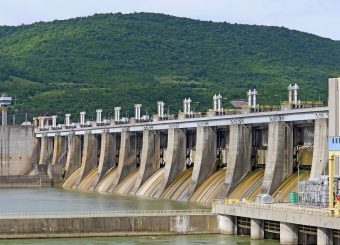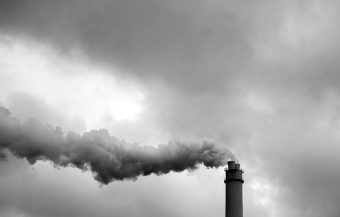The energy transition in Serbia is a complex process that takes place within the framework of economic, political and technological challenges. The integrated national energy and climate plan set goals, such as reaching the share of renewable sources in gross final energy consumption of 33.6 percent by 2030. On the other hand, the Energy Development Strategy foresees that by 2050 the domestic energy sector will be carbon neutral to the greatest extent possible.
However, Ognjan Pantić from the Belgrade Open School emphasizes that these goals show a lack of ambition and are not in line with the obligations from the Paris Climate Agreement, the Green Agenda for the Western Balkans and the Energy Community. Lack of political will, slow implementation of the law and high dependence on coal, which accounts for 70 percent of total electricity production in Serbia, further complicate the realization of goals.
– It is necessary to speed up the transition to renewable energy sources through investments in green infrastructure and modernization of the energy network. Increasing energy efficiency is also key, which requires better support programs for households and industry. Adaptation of the legal framework in accordance with European standards is also necessary in order to enable a faster transition to clean energy. Progress in this process is visible, but insufficient. Serbia uses certain sources of renewable energy such as hydropower and the construction of wind farms, but this process needs to be accelerated and include the wider use of solar energy, especially through support for the establishment of energy cooperatives that involve entire communities in energy production and democratize the process of transition from coal – Pantić points out.
IN FOCUS:
Pollution and air quality
Air pollution is a serious problem in Serbia, which is still considered an ecological black spot in Europe. Coal-fired thermal power plants contribute significantly to the emission of harmful gases, which negatively affects the health of citizens and the quality of the environment.

– Serbia must harmonize its regulations with EU standards, which includes stricter regulations for emissions, more effective monitoring of pollution and sanctions for violations. It is necessary to inform citizens about the benefits of the energy transition. Public discussions, such as the current one on the Energy Development Strategy until 2030, should be more comprehensive. The trend of organizing public consultations during the holiday season is not in accordance with the principles of the Aarhus Convention, which is based on the principles of transparency and public participation in environmental decision-making – says Pantić and adds that it is necessary to invest in the development of green technologies and the creation of new jobs in the renewable energy sector. energy sources. This would simultaneously contribute to economic development and pollution reduction.
According to the latest data, air quality in Serbia has not improved significantly. More than 20 cities and agglomerations, where more than four million people live, face excessive pollution. The biggest emitters of pollutants are heating plants and individual heating, while the industrial sector and thermal power plants also contribute to emissions of PM2.5 and PM10 particles.
– The first step towards clean air for all was made, albeit belatedly, at the end of 2022, when the National Air Protection Program with an Action Plan was officially adopted. The vision stated in this document is for the citizens of Serbia to breathe clean air by 2030, for which it is necessary to allocate significant financial resources and implement ambitious measures. The key measure is the additional replacement of existing heating elements in households with new devices that are in accordance with eco-design and heat pumps, for which it is necessary to provide financial incentives, and the cities that have been singled out as a priority are: Kragujevac, Belgrade, Niš, Valjevo and Užice – explains our interlocutor.

It seems that citizens are increasingly aware of the problem of air pollution and that it is their pressure, combined with the contribution of the media, civil society organizations, activists and the expert community, that has led to some progress in the last few years in air protection policy, so the focus is slowly shifting from air quality measurement issues to clean air measures.
In all changes, the attitude and opinion of young people can be of great importance. Research conducted by the Youth Umbrella Organization of Serbia and UNICEF through the U-Report survey, as well as the WWF Adria study “Trapped potential of youth in decision-making” indicate that young people in Serbia are concerned and interested in environmental issues. Environmental protection is recognized as one of the three most important areas in today’s society. Although young people are aware of the problems and the poor state of the environment, they are often insufficiently informed about international agreements and a just energy transition. There are frequent criticisms of the education system, in which young people often resent the insufficient commitment to the topic of the environment in the school curriculum. Education of young people about a just energy transition should take place through communication channels that are close to them, such as social networks (Instagram, TikTok, etc.), using language adapted to this target group.
Arranged by: Milica Radicevic
Read the full text in To the magazine of the Energy Portal, ENERGY TRANSITION
Source: energetskiportal.rs


